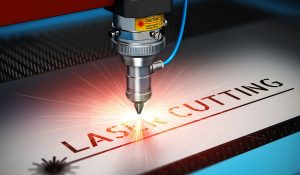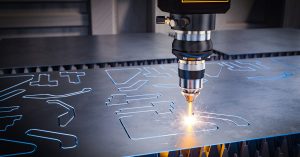LBC Technology: Revolutionising Laser Cutting
In anticipation of our new machine arriving in April, our latest blog explores the cutting-edge Locus Beam Control (LBC) Technology it will have. If you’re
Read More »
Enjoy our blog content, leading the conversation around laser cutting, folding, bending, welding and more!








We started out in 1999 and have grown continually through an ongoing investment in machinery, software and people, even during the downturn.
© 2021 Central Profiles. All Rights Reserved. Website by Freestart Digital
